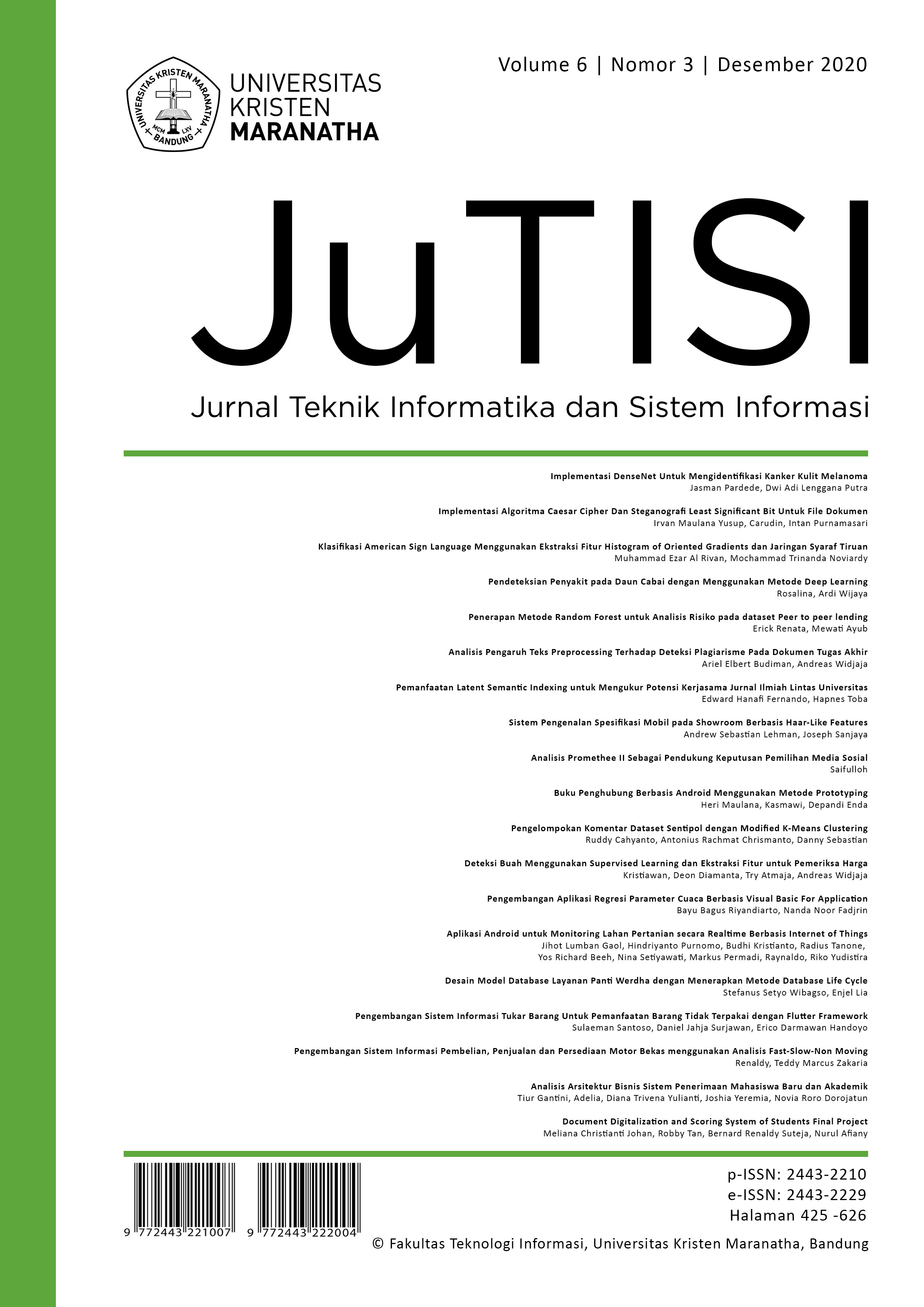Sistem Pengenalan Spesifikasi Mobil pada Showroom Berbasis Haar-Like Features
Isi Artikel Utama
Abstrak
Changes in science and technology have affected the structure of societies and have led to rapid change in human profile. In order to adapt to the changing human profile, reforms in advertising as well as scientific and technological enrichment in advertisement environments have become necessary. This study aims to investigate the impact of advertisement materials developed with augmented reality (AR) technology on car specification presentation and attitudes towards the advertisement, and to determine their attitudes towards AR applications. In this study, AR application was developed using haar-like features method for marker detector. A quasi-experimental design was used in which intact showroom at two different location, consisting of a total of one hundred customers, were randomly assigned to either the experimental or control group. The experimental group researched their selected car using AR technology, while the control group researched their selected car using traditional methods and the help of salesman. Customers in the experimental group were found to have higher understanding and slightly faster to learn about the car than those in the control group. In addition, the results revealed that the customers were pleased and wanted to continue using AR applications in the future. They also showed no signs of anxiety when using AR applications. In addition, it was found that advertisement achievements and attitudes of the customers in the experimental group showed a positive, significant and intermediate correlation.
Unduhan
Data unduhan belum tersedia.
Rincian Artikel
Cara Mengutip
[1]
A. S. Lehman dan J. Sanjaya, “Sistem Pengenalan Spesifikasi Mobil pada Showroom Berbasis Haar-Like Features”, JuTISI, vol. 6, no. 3, Des 2020.
Terbitan
Bagian
Articles
This is an open-access article distributed under the terms of the Creative Commons Attribution-NonCommercial 4.0 International License (https://creativecommons.org/licenses/by-nc/4.0/) which permits unrestricted non-commercial used, distribution and reproduction in any medium.
This work is licensed under a Creative Commons Attribution-NonCommercial 4.0 International License.

